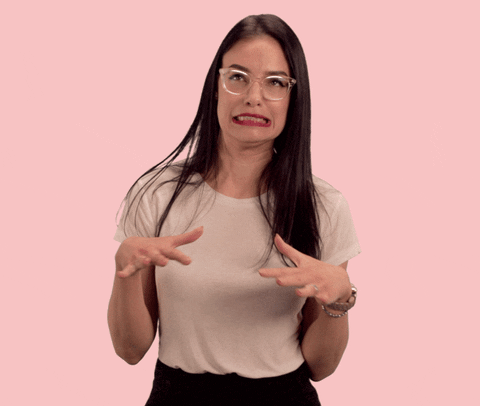90% of women have cellulite, so how is it still so stigmatized?

Cottage cheese, orange peel, hail damage. No matter what you call it, cellulite often throws people (women) into an anxious stupor, especially in the warmer months when wearing more revealing clothing is the norm. Cellulite is something I was once thankful I didn’t have. But now I have it, along with the 90% of women (and some men) that have some level of cellulite.
Though cellulite is 100% normal and simply the way fat attaches to our (women’s) muscles, cellulite is right up there in the stigma department, normal or not, natural or not. So much so that women the world over spend heaps of cash they often don't have (not to mention mental and emotional energy) on treatments, therapies, and products that typically don’t do much, if anything, and sometimes even cause more harm than good.

What is cellulite?
Cellulite is most common in the thigh and butt area or around the breasts and arms. What it is, straight-up: fat that sits within the skin and pushes on connective tissue, making the skin dimple. It can produce bumps of all sizes, dents, scar tissue, inflammation, glycation, oxidative damage, skin laxity, and water retention. It is often visible, sometimes inflamed, or even painful, but mostly just considered "unattractive". Nobody can deny its existence, whether they're watching or wearing.
Causes of cellulite
While it's not totally clear what causes cellulite (maybe ‘cause medical institutions don't know much about women's bodies…hey-o), excess estrogen seems to make it more pronounced, which makes sense considering that women are the ones most affected and also considering that estrogen dominance nowadays is an actual issue among people in general and women in particular. Weight gain, pregnancy, and the birth control pill, all associated with hormonal changes too, often go hand-in-hand with cellulite. Yet even “skinny” and “fit” people have it. If you spend too much of the day sitting down, that can be another culprit or ingesting more calories than you burn, perhaps. There is much conjecture about what causes cellulite, but the reality is, every woman's body is different, and there’s no catch-all formula for the cause of anything, now is there?

“Treatments”
A storm of products, procedures, and massages all promise to seek and destroy the lumpy fat on our thighs, bottoms, arms, and stomachs, but a miracle cellulite killer remains to be seen. There exists an incredibly expensive and not altogether effective or permanent litany of ways to try and minimize the appearance of cellulite. So take your pick, zero judgments from me. The last thing any of us need is more judgment. Do whatever makes you more confident, I say. Just be aware that some treatments, such as the notorious FasciaBlaster, might be downright harmful, and to always research your course of action extensively. Personally, I think there's another viable option too, although easier said than done: accepting, or even celebrating your cellulite. Oh, and simply being healthy is another great cure for any ill/imperfection—in case you missed the memo.
My mad method (striving toward health)
A few months ago when I came to terms with the fact that I didn’t want to keep amassing cellulite on my thighs (“fit” though I am generally considered), I began running again after several years. Not just because of the cellulite, but because I genuinely felt out of shape, and lacking exercise more generally, which in turn was making me feel lethargic. I also started eating cleaner (for me personally, this means not eating dairy or wheat). Drinking a ton of water is never a bad move either, since most of us are chronically dehydrated. I started to feel healthier and more energized fast. I tried out one cellulite massage and decided that it was a) too painful, b) too expensive, and c) that I didn't think it would work/last.
I also started taking Chaste Tree tincture again after many years. I used it long ago for a 6-month period in order to regulate my menstrual cycle, reduce PMS, and help balance my hormones, and I'm not joking when I say it worked wonders. I’m taking it now for the same reasons I once did, and if the balancing of my estrogen also happens to reduce my cellulite, that’s just a bonus.
Being healthy trumps beating cellulite
Being healthy trumps beating cellulite, but being healthy will likely reduce cellulite, and being healthy also reduces all kinds of other issues that make our lives difficult, including anything at all to do with our menstrual/reproductive cycles. However, if you feel great inside and out, and the appearance of cellulite alone is making you feel self-conscious, thanks in part to the barrage of airbrushed images of women/lack of body variety we are assaulted within ads, movies, mainstream porn, you name it, I feel you. I too am trying to accept my flaws more. I too am trying to stop seeing my flaws as flaws. They don't make it easy. Here’s to happier, healthier relationships with ourselves.




